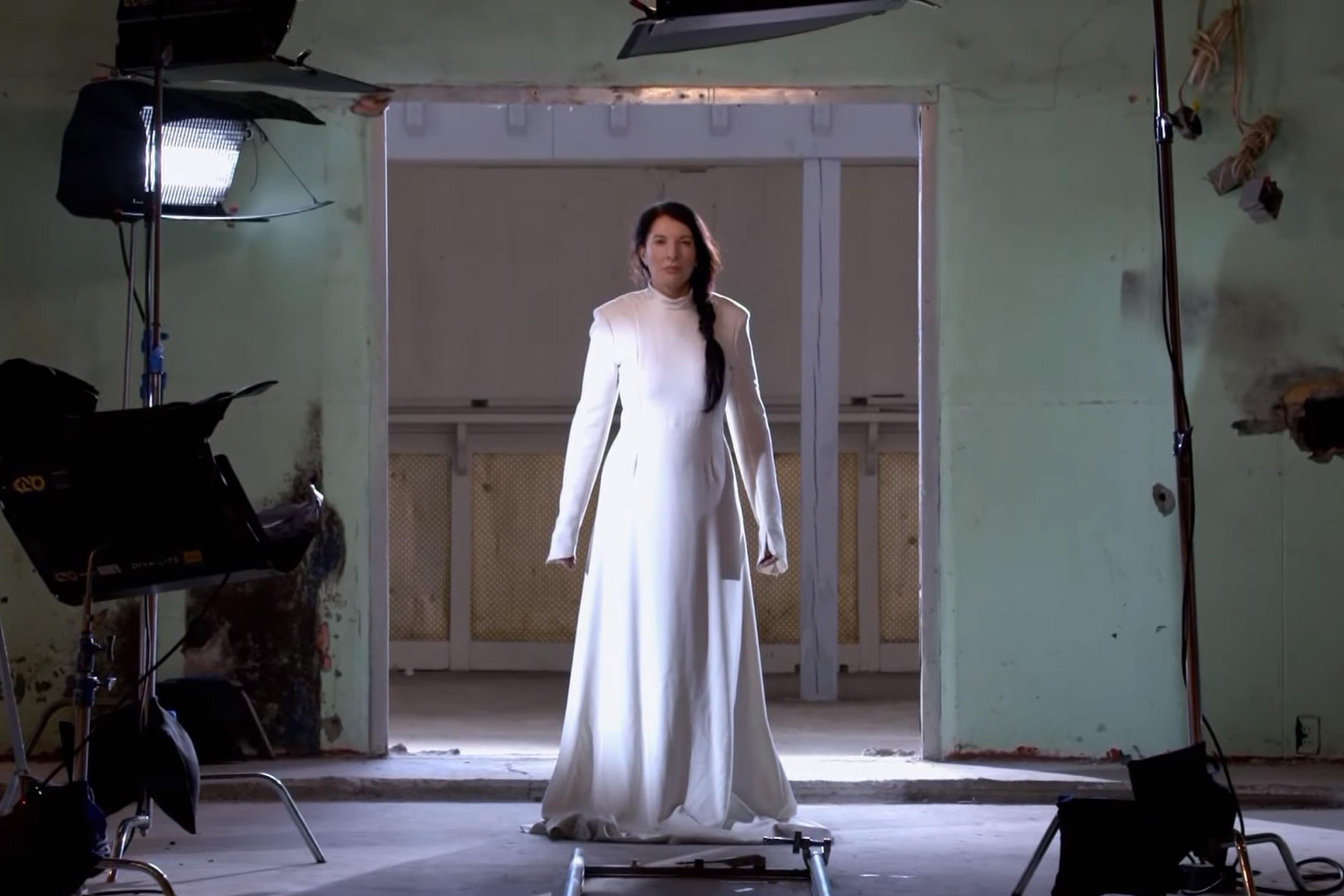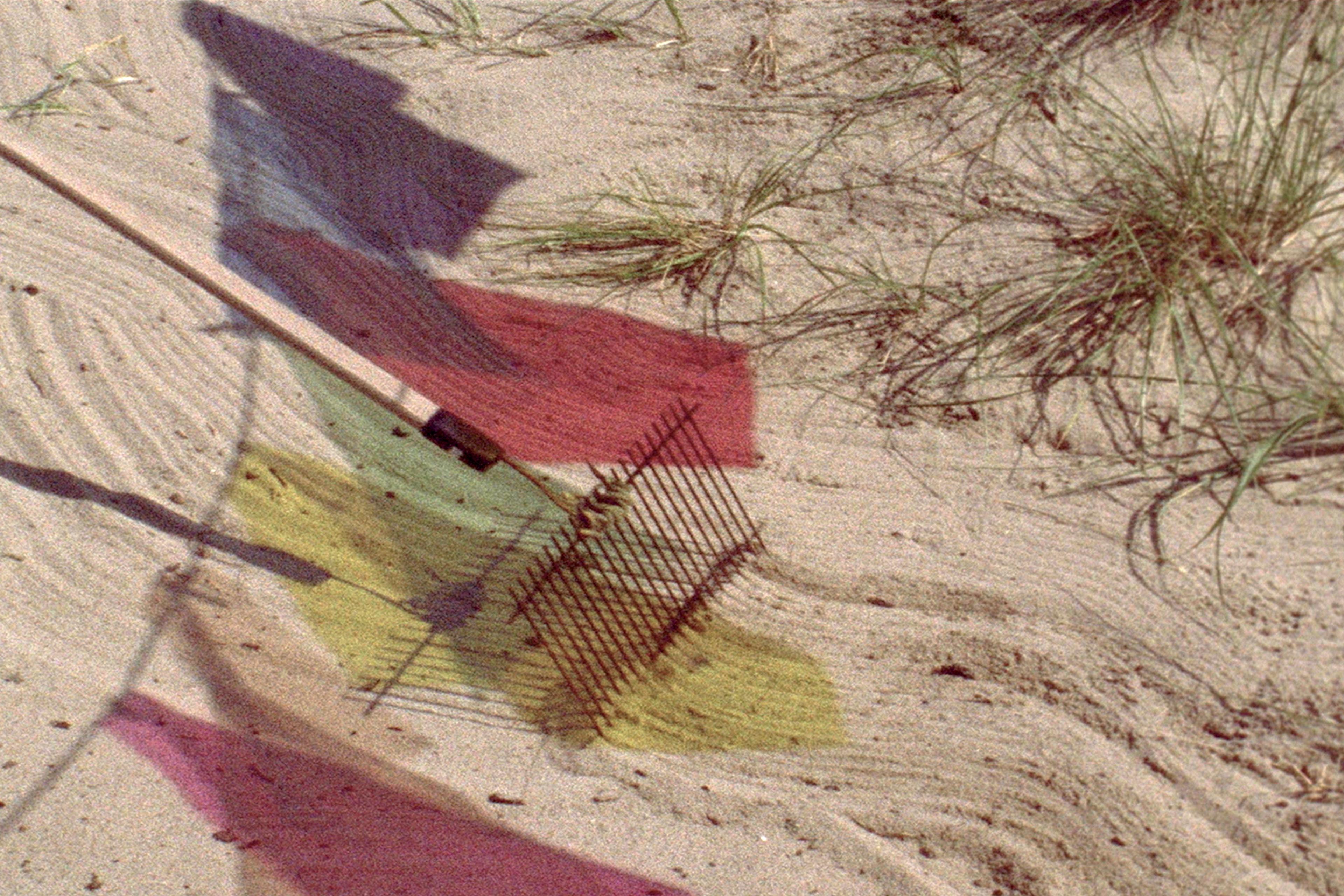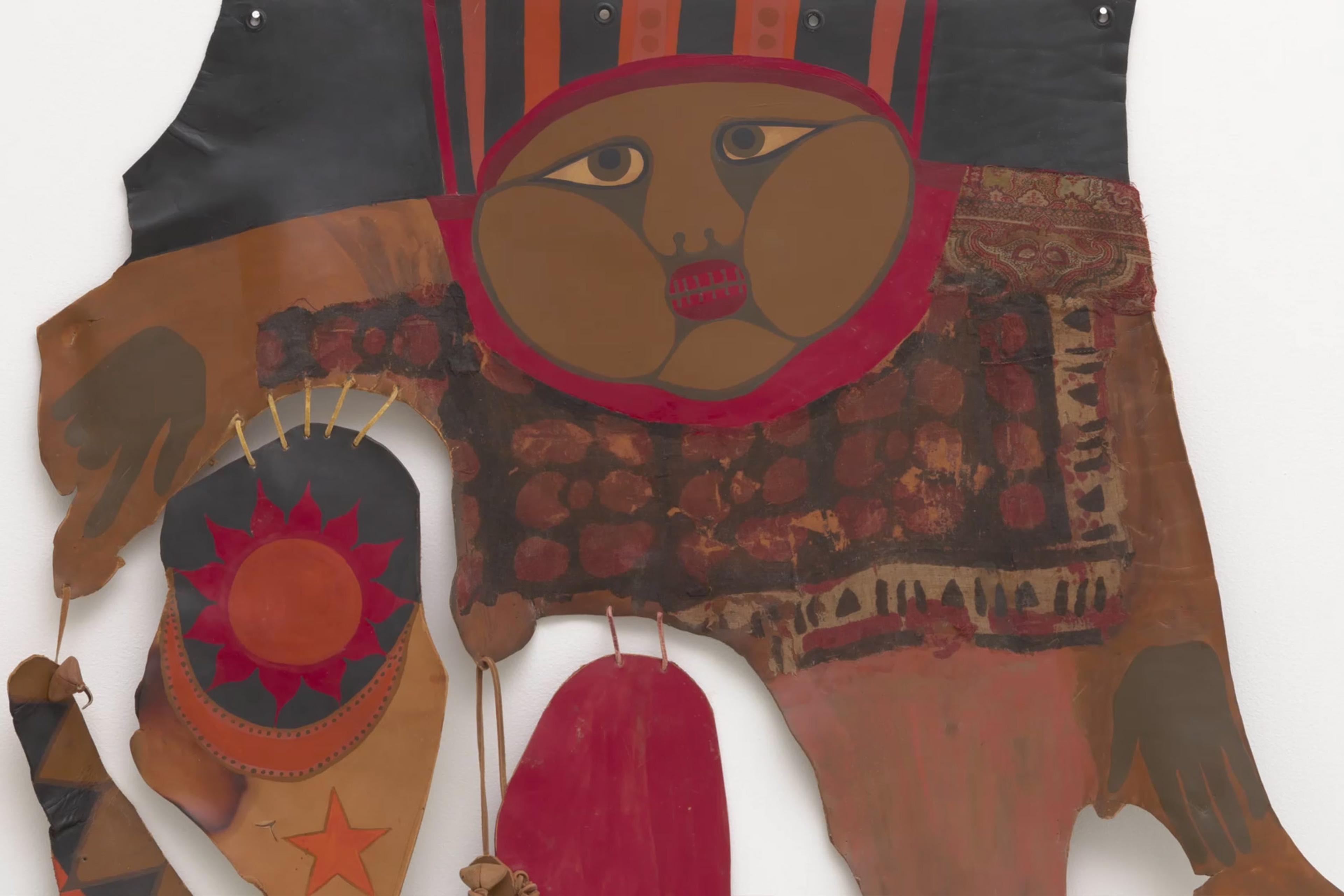A consistent theme in the work of the interdisciplinary artist Aki Sasamoto is a distinct feeling of controlled chaos – or, perhaps, chaos just beyond her control. Take, for instance, the mixed-installation performance piece Wrong Happy Hour (2014), in which she turned JTT Gallery in New York City into a bare-bones café, sparsely decorated with hanging lamp shades, an espresso machine, beer bottles and a single stool. During the exhibition’s three performances, a packed crowd witnessed Sasamoto – who was born in Japan, but is based in New York City – roaming the gallery, ruminating on romance and interacting with the objects in absurd ways until the back wall started to inch forward, pushing everyone, including the gallerist, out onto the street. In one sense, this comedic gesture of inhospitality served as a form of crowd control, but it also required the artist to give up some level of authority, as the audience became unwittingly involved in the performance.
To what extent can an artist control their work – or any other aspect of their life, for that matter? In An Artist Walks into a Bar, the fellow New York-based filmmakers Rafael Salazar and Ava Wiland explore these uncertainties through Sasamoto. Blurring the line between documentary and fiction, their unique portrait mirrors Sasamoto’s own approach as a performer and artist. From the opening scene, in which she enters the now-closed bar Eugene and Company in Brooklyn, we see a series of planted visual cues that hint at her oeuvre. This includes a sign alluding to the aforementioned Wrong Happy Hour exhibition, and an image of Sasamoto rippling within a whiskey tumbler while wearing the lemon-slice glasses that have appeared in several of her past works.
Sasamoto pulls inspiration from her everyday life – breakups, underwear choices, laundry, donuts, coffee – putting her own unexpected spins on the ordinary. Around 2018, she was diagnosed with a kidney condition and soon after discovered she was pregnant, so she couldn’t drink alcohol for almost a year. While the topic of drinking had been in the background of some of her previous works, this unwelcome restriction became the main focus of her solo exhibition Past in a Future Tense (2019) at Bortolami Gallery in New York, which is shown in the film as a work in progress. For the installation, wind blew through coiling air ducts into two large glass bowls, each with a whiskey tumbler inside. The whiskey glasses spun in place at different speeds, sometimes stopping and starting again, seemingly of their own will. Crafting these glasses herself, Sasamoto embraced the difficult-to-handle material, finding a connection between her life and the unpredictable nature of melted glass.
As she sits at the bar in the film, musing over past and upcoming art projects, it’s hard to distinguish what is staged and what is genuine. Ironically, it seems as if Sasamoto is pulling the strings throughout her own portrait. This is especially true in some of the more surreal scenes in the bar, which feature magically spinning glasses and a block of ice that appears out of thin air. Yet along the way, viewers are given unguarded glimpses into her mind’s inner workings, as Sasamoto raises fundamental questions about creativity with her signature deadpan humour, alongside some insights about uncertainty that even the non-artistically inclined can heed. ‘Whatever I thought I had control over, whatever I thought I was, will change in front of me,’ she says, eyeing a set of hand-blown whiskey glasses in front of her. ‘And that to me is exciting, in life and in sculpture.’
Written by Tamur Qutab







